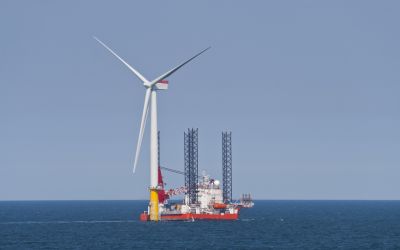Climate change shows increase in subsidence claims in Europe
Recent reports on the effects of climate change have named subsidence as one of the costliest natural hazards on built environments in Europe.


Recent reports on the effects of climate change have named subsidence as one of the costliest natural hazards on built environments in Europe.
In a report complied by global reinsurance company Swiss Re, subsidence caused by drought has become much worse due to global warming – showing no signs of slowing down. Swiss Re details in its report, "The hidden risks of climate change: An increase in property damage from drought and soil subsidence in Europe", that subsidence claims are now comparable to flooding in many parts of Europe. In France alone, claims have risen by more than 50 per cent in the past 20 years, costing affected regions €340 million every year.
Climate change is likely to cause global temperatures to increase with more erratic rainfall, resulting in more droughts. Sustained periods of excessive heat can dry the ground out, creating fissures that can tear apart the foundations of houses, bridges and businesses.
Swiss Re and the Swiss Federal Institute of Technology (known as ETH Zurich) have developed a new model to reliably estimate future risks and calculate expected losses from soil subsidence across Europe. The model depicts large sections of the UK, France, Denmark, detailing the potential subsidence risk jump by more than 50 per cent since the 1970s. According to Swiss Re, most of these regions have not adapted to the greater risk. It is expected the rise in subsidence-related claims will continue with a further 50 per cent between 2021 and 2040 as climate change worsens.
The report recommends national and local governments should take measures to manage risks by implementing foreseeable precautionary measures when planning and designing buildings and by stronger adherence to building regulations.
Article by Diva Rodriguez | Climate Action


_400_250_80_s_c1.jpg)



